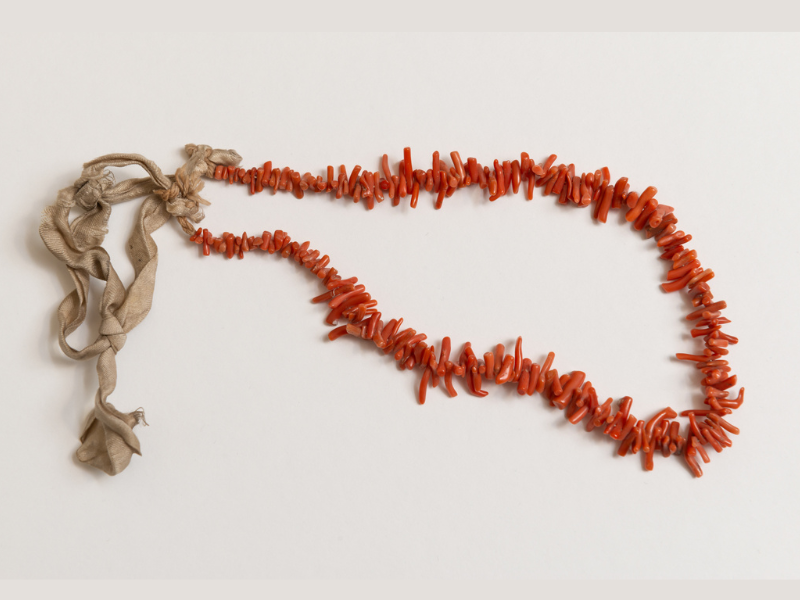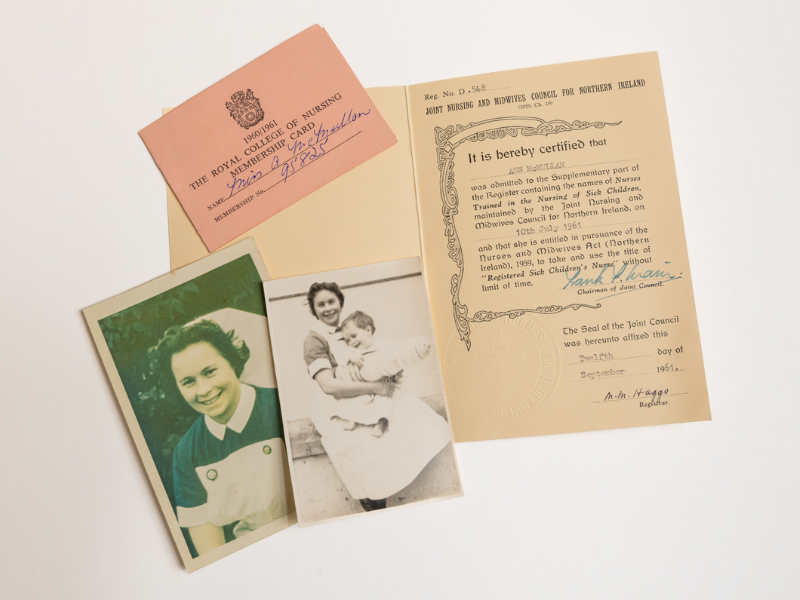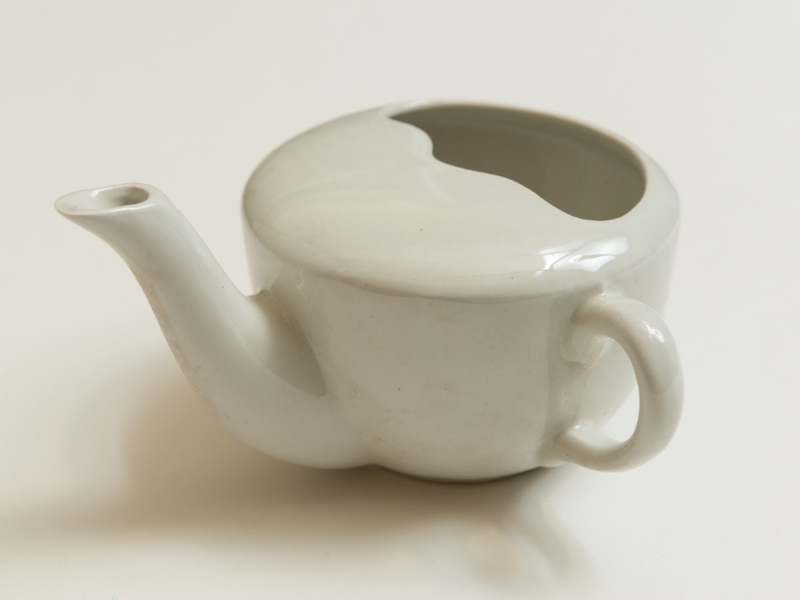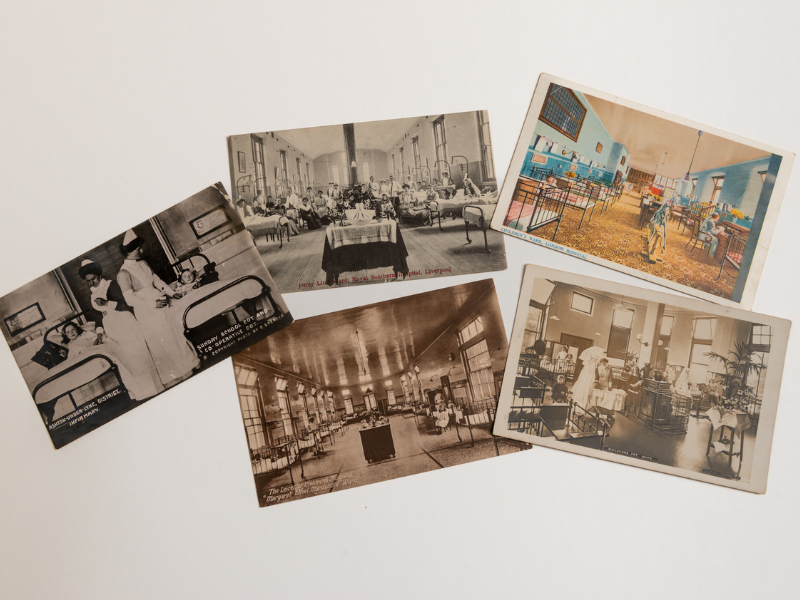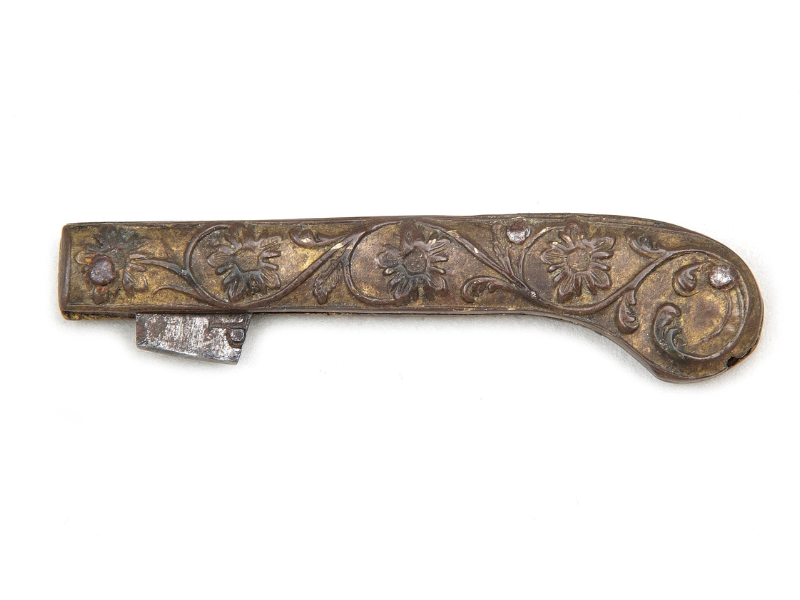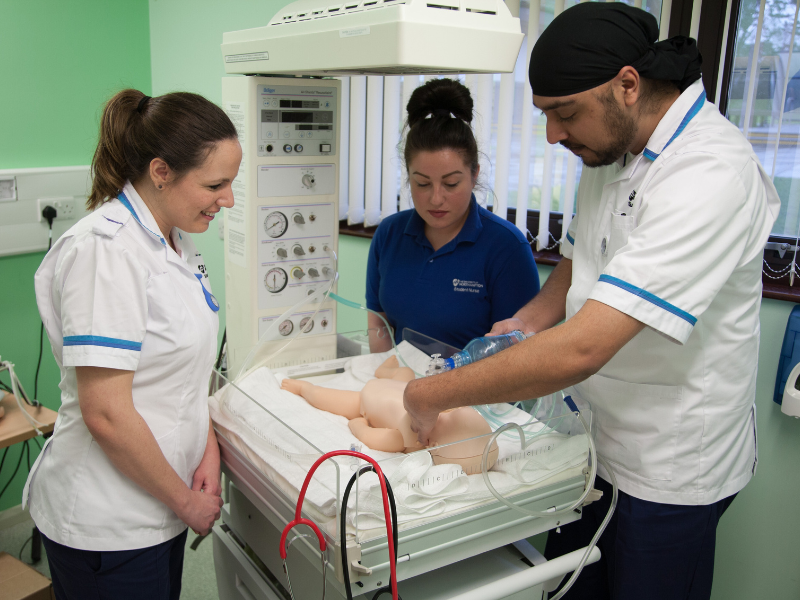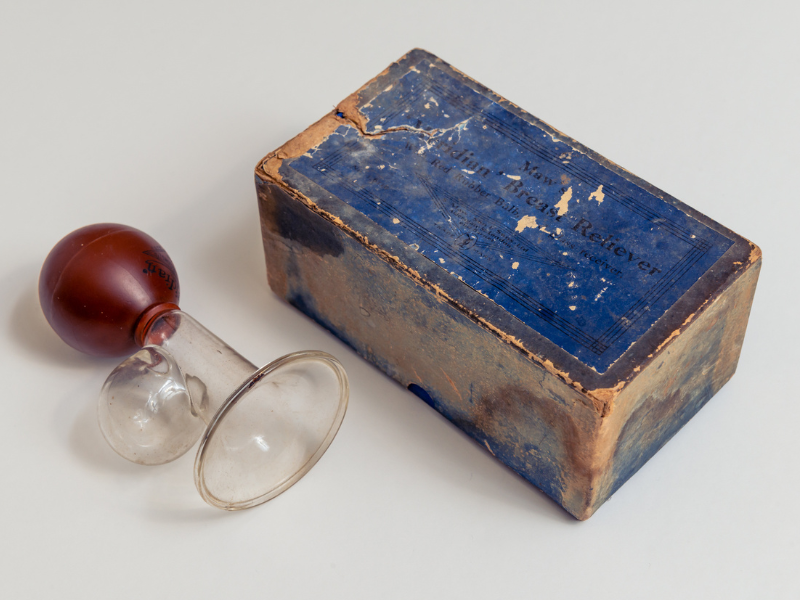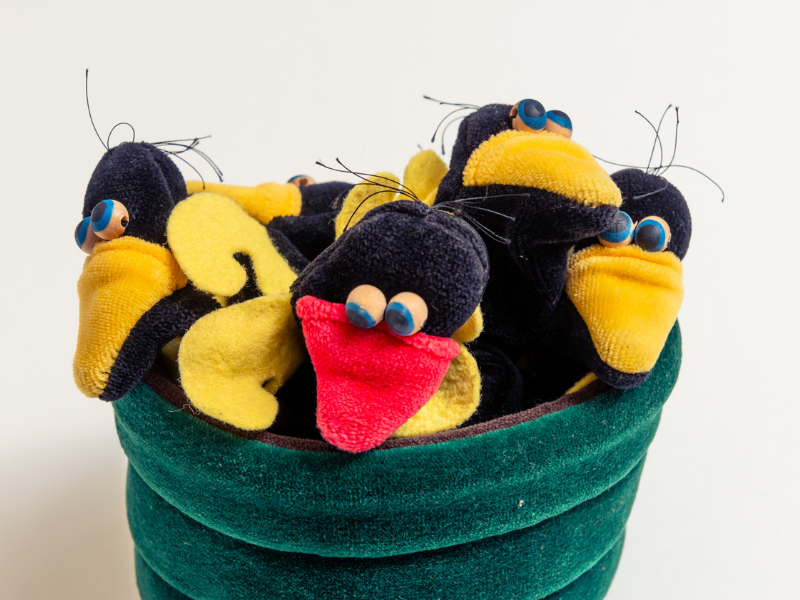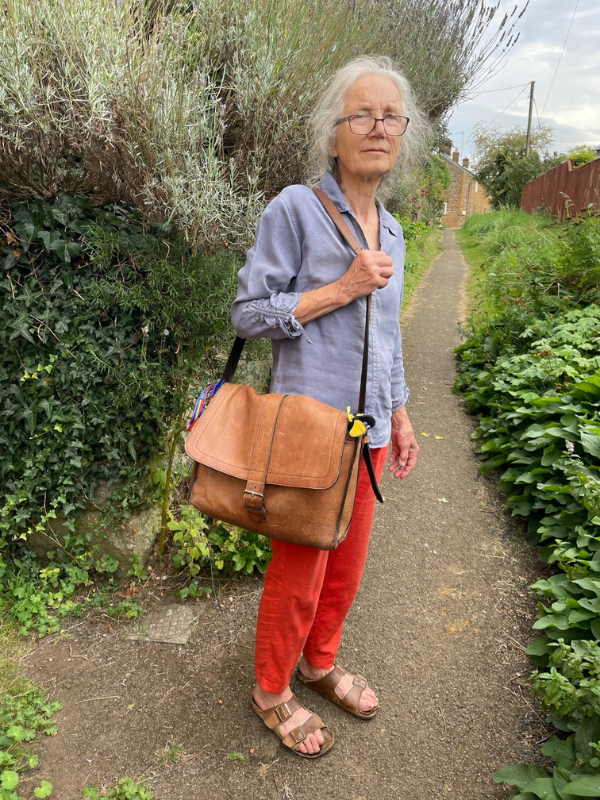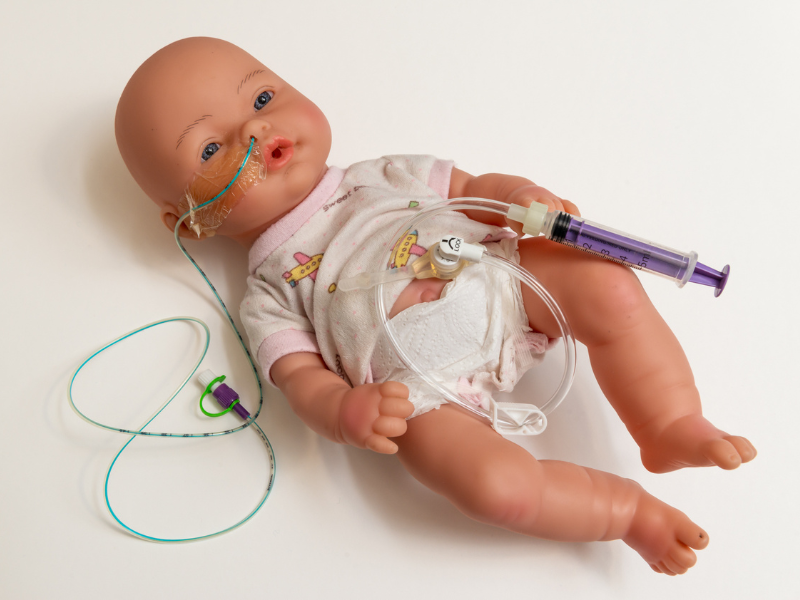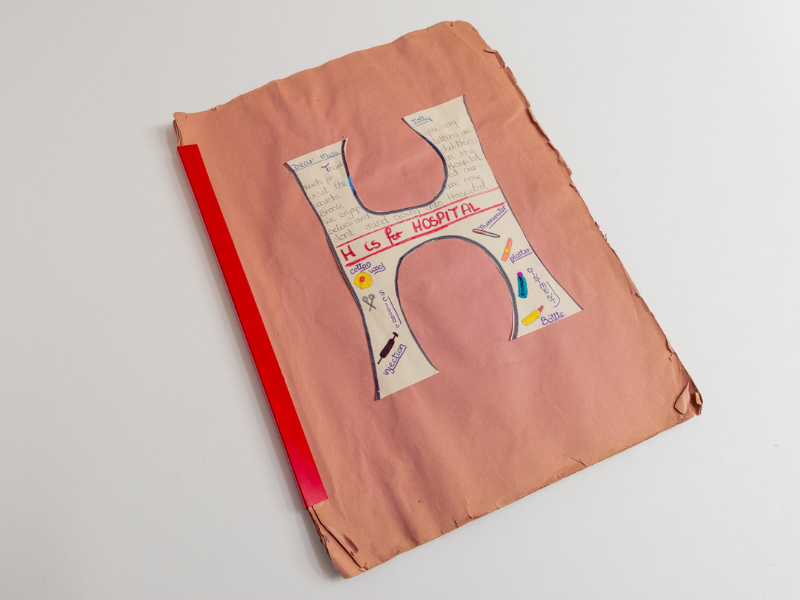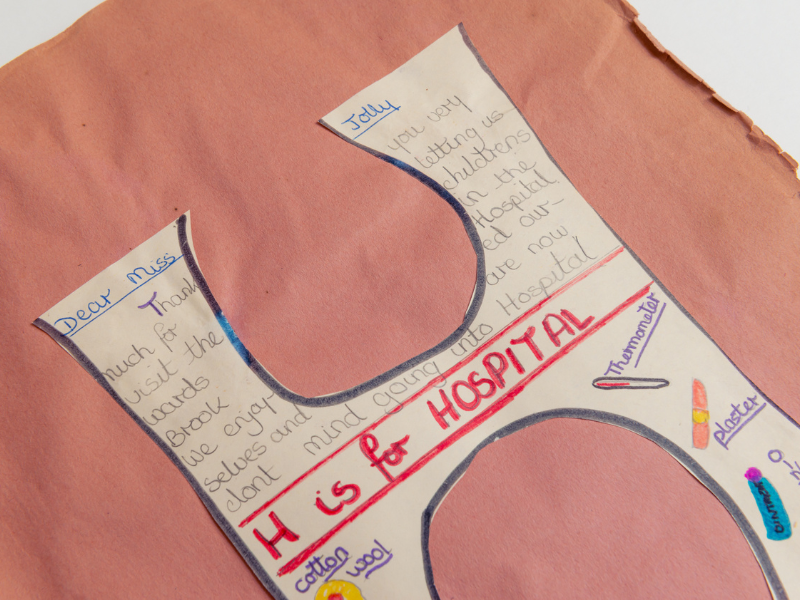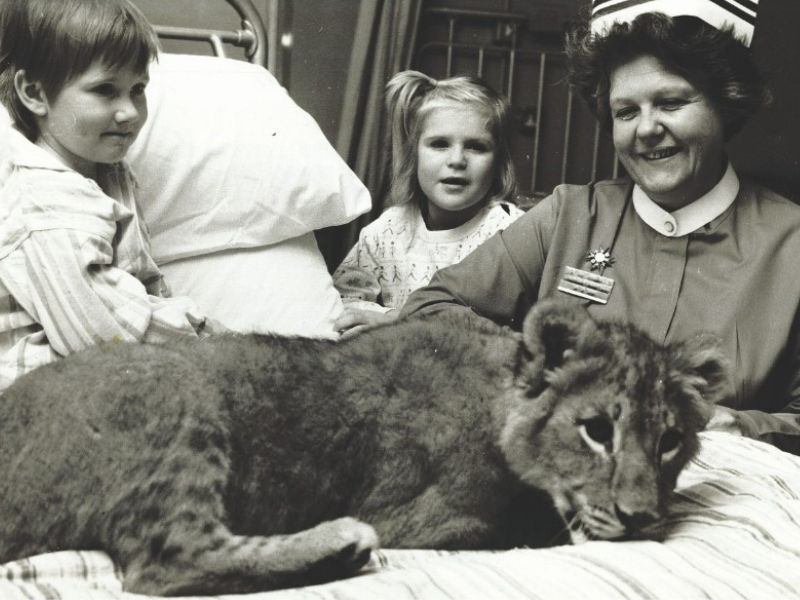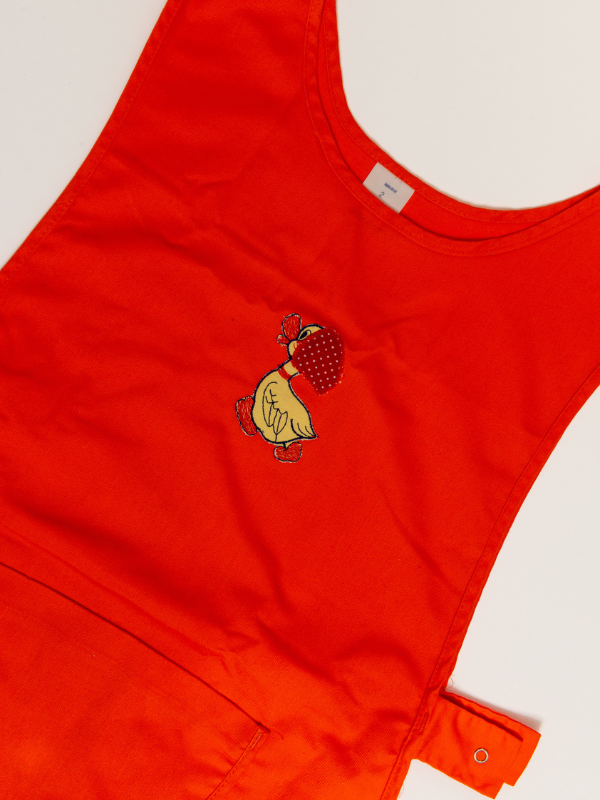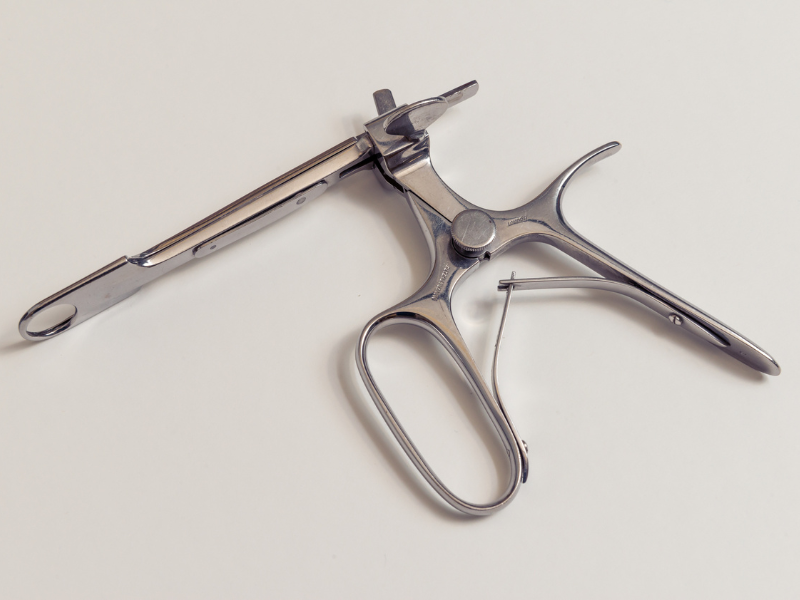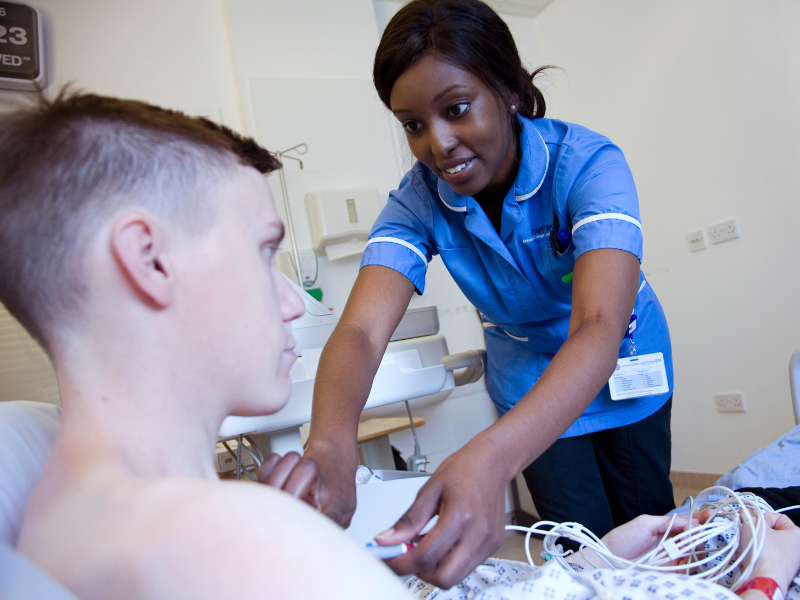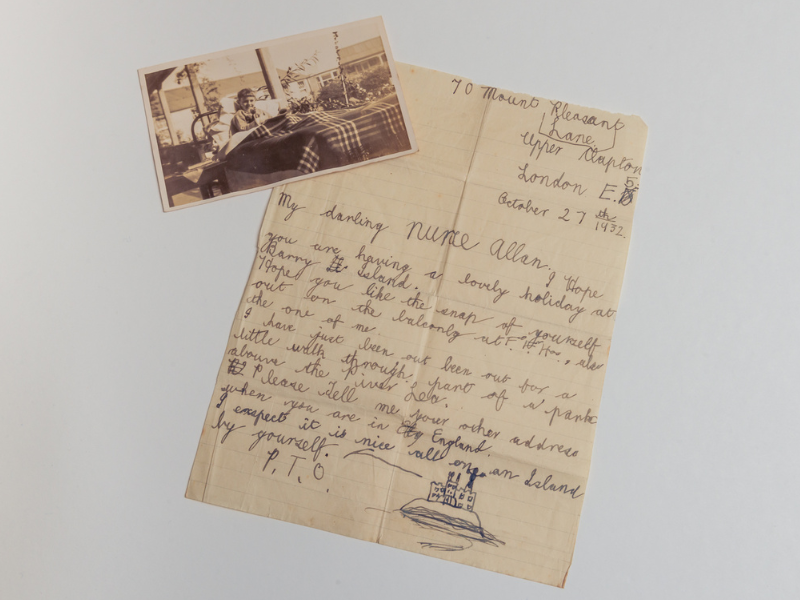This exhibition explores the history of children and young people’s nursing – from the first children's hospitals to the development of family-centred care today.
Children’s nursing should not be underestimated. It has often been ahead of the curve and influenced adult care. This exhibition celebrates these innovations. It shows the importance of specialised children’s nursing training and of listening to young people’s voices.
Once Upon a Time has been co-created with Royal College of Nursing members, many of whom work in children and young people’s nursing or have in the past.
The First Children’s Hospitals
Before 1852, few hospitals admitted children. Yet disease was common and many children died young. Children’s hospitals were founded in response. At first, they were out-patient dispensaries. This meant children weren’t separated from their mothers and lowered the risk of infection.
The first in-patient children’s hospital opened in Paris in 1802. The first in the UK, Great Ormond Street Hospital for Children opened in 1852, shortly followed by the Jenny Lind Hospital in Norwich in 1854. At these hospitals, children could get age-appropriate care from experienced staff.
Competition between cities stimulated the spread of children’s hospitals across the UK. In 1861, for example, the people of Birmingham realised their city was lagging behind Manchester, Liverpool and Edinburgh. They founded their own hospital to treat children, study childhood diseases, and train children’s nurses. By 1863, Northern Ireland had opened its first children’s hospital in Belfast.
Becoming a Children’s Nurse
“Sick children require special nursing and sick children’s nurses require special training…” Catherine Jane Wood, Lady Superintendent at the Hospital for Sick Children 1888.
At a time when nurses received little formal training, Wood recognised the importance of offering specialist training to children’s nurses. At Great Ormond Street Hospital for Sick Children, she worked closely with hospital founder Dr Charles West to develop a new child-centred approach to care.
Despite having specialist training, children’s nursing continued to be misunderstood. Many people thought it was less important than adult nursing. This reflected attitudes towards children themselves – that they should be “seen and not heard”.
Children’s nurses had to campaign to be included under the 1919 Nurse Registration Act and were not allowed to join the Royal College of Nursing until 1960. Even after this, opportunities to train specifically in children’s nursing were not easy to find.
In 1986, Project 2000 drastically changed nurse training, moving it from schools of nursing to Higher Education Institutions. This once again recognised children’s nursing as an essential qualification to meet the needs of young people: establishing it as one of four key branches in a common foundation programme by which nurses qualified.
‘The Stories that Make Me’
We commissioned poet and nurse, Molly Case, to write a poem capturing the experiences of young people in hospital today and in the past. She explains:
“I was very keen to try and emphasise unheard voices – voices that get spoken over or dismissed by adults. Whilst I used my own creative voice to tell this story, it was inspired by research and reading first and second-hand accounts of young people’s experiences.
I was very poorly as a child with a very rare condition that needed life-saving surgery and it was through my positive experience of nurses and healthcare professionals as a young person, that planted a seed to enter the nursing profession myself.”
Written and recorded by Molly Case, 2023, 3:03 mins
As part of the project, we asked artists to lead workshops with pupils at the Oxfordshire Hospital School and Evelina Children’s Hospital School in Southwark.
Students at Oxfordshire Hospital School were encouraged to consider the attributes they think make an ideal nurse with Emma Williams, the artist in residence. Emma also inspired the students to design their ideal hospital ward as well as a nurses’ well-being area of the future.
Students at the Evelina Children’s Hospital School learned about the life and achievements of Mary Seacole. Inspired by the theme of “Hands to heal and to help”, they worked with the photography artist Marysa Dowling to take photographs of their own hands. After printing their photographs, the children arranged them to make a design of their own.
Nurse, I want my mummy and daddy!
We now take it for granted that children need the adults who usually care for them to visit or stay over with them in these strange places. This has not always been the case. Early children’s hospitals were short staffed. Parents were encouraged to visit and help with their child’s treatment. But, before long, fear of infection led to stricter visiting policies.
By the early twentieth century, visiting hours were limited to 30 minutes, just once a week. Children were often upset after these short visits, and nursing staff saw this as disruptive. Doctors thought that children had short memories and their distress would pass quickly.
Mass evacuation of children in World War Two sparked interest in the impact of parental separation. In 1952, the film A Two-Year-Old Goes to Hospital popularised the view that separation affected a child’s emotional health. The 1959 Platt Report by the Ministry of Health recommended daily, open visiting. However, it took until the 1970s for unrestricted visiting to become policy.
Change is still needed. Fear of infection in the recent COVID-19 pandemic tightened restrictions once again and many hospitals remain designed for the needs of adults rather than their younger patients.
The future of children’s nursing
Over the last 150 years, children’s nursing has developed alongside advances in children’s rights. In 1990, the United Nations Convention set out 40 fundamental rights for children and young people, including access to healthcare.
How do we make sure these rights are protected? In the UK today, children and young people make up over 25% of the population. Yet less than 8% of nurses specialise in the care of children and young people. Even though we know that it is best to care for children outside hospital where possible, there are only 633 community children’s nurses in the UK. That’s just one nurse for every 16,500 children.
To give our children the very best future, we need children’s and young people’s nurses who can provide specialist care for their physical, mental and emotional health.
Credits
With special thanks to our volunteer team of RCN members who co-curated this exhibition with support from the RCN Library and Archive Service, the RCN History of Nursing Forum and RCN Children and Young People’s Forums.
With thanks to the Evelina Children’s Hospital School, Leeds Hospitals Charity, Oxfordshire Hospital School, and to the young patients who created the artwork that is on display. Thanks also to Molly Case, Marysa Dowling and Emma Williams.
Thanks to our lenders, Bethlem Museum of the Mind, the Foundling Museum, the Old Operating Theatre Museum and Herb Garret and the Cuming Collection (Southwark Council).
Exhibition text was led by Antonia Harland-Lang and contributed to by Sarah Chaney, Lucy Colbert, Katrina Cooper, Lynda Coulter, Faith Gibson, Margaret Graham, Lin Graham-Ray, Angela Houlston, Ursula Madel, Rebecca Martin, Kate Medhurst, Breda O’Neill, Nicola Ring, Frances Roberts, Sue Ward and Louise Young.
Exhibition object photography by Martyn Milner.
Photography of artworks by Oxfordshire Hospital School and Evelina Children’s Hospital by Justine Desmond.
